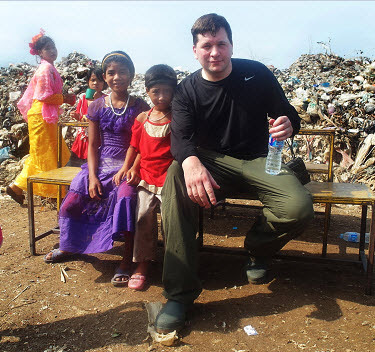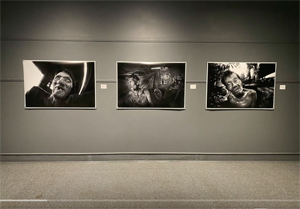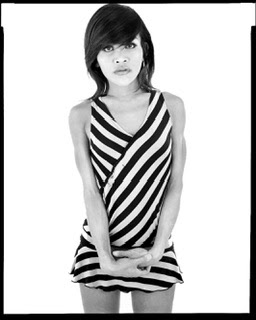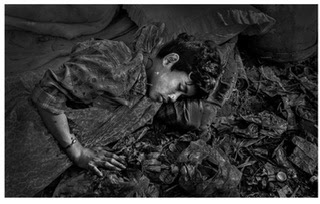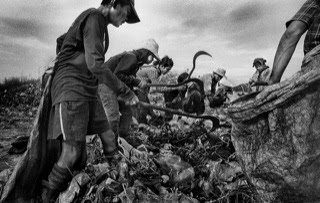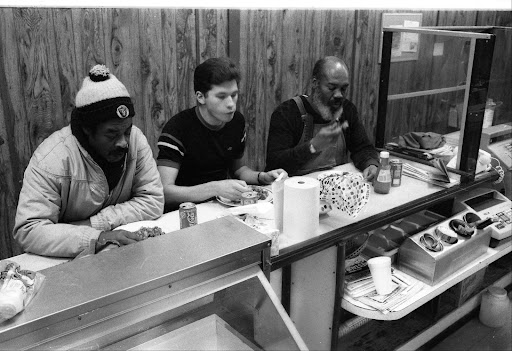I am on the trail of learning how to make Daguerreotypes, the oldest and probably the most dangerous photographic process. Workshops are the way to go, but I am unsure if I can afford them. One on one Daguerreotype making workshops run about $1000 USD a day, plus I would need to fly to Ontario and stay there for a week. The cost would probably be upwards of $7000 CAD.
I might have to learn the old-fashioned way, books and hard work. I should be able to figure this out, 44 years of photographic and darkroom experience comes into play now and again! I have always learned on my own, first because I could not get into a school, second because I found I liked to it best that way, and that it worked for me.
As part of my DAG learning curve, I bought these 2 books today. Both titles were recommended by the king of modern Daguerreotypes Dr. Mike Robinson. The cost was $98 CAD. Here's hoping they can teach me a few things.
Little is known about the fifth and last western expedition of the celebrated explorer John Charles Fremont. The great effort to survey a transcontinental railway route across the 38th parallel ended short of success in the snows of Utah in 1854 but involved a meticulous photographic documentation-in daguerreotypes-of the route from the Mississippi westward. It was believed that a central railroad across the country would favor abolitionists in the great debate then raging in the country over slavery. Solomon Nunes Carvalho was hired by Frmont to photograph the expedition-the first time a western expeditionary survey had been systematically documented in photographs. Tragically, the daguerreotypes were destroyed by fire, and Frmont's fifth expedition was lost to history. Author and daguerreotypist Robert Shlaer remarkably has reconstructed the expedition in 120 original daguerreotypes. Using Frmont's maps, expedition documents, and Carvalho's diary accounts, Shlaer recreates the lost expedition across America's most breathtaking landscape using photography's first and most venerable method of daguerreotypy.











